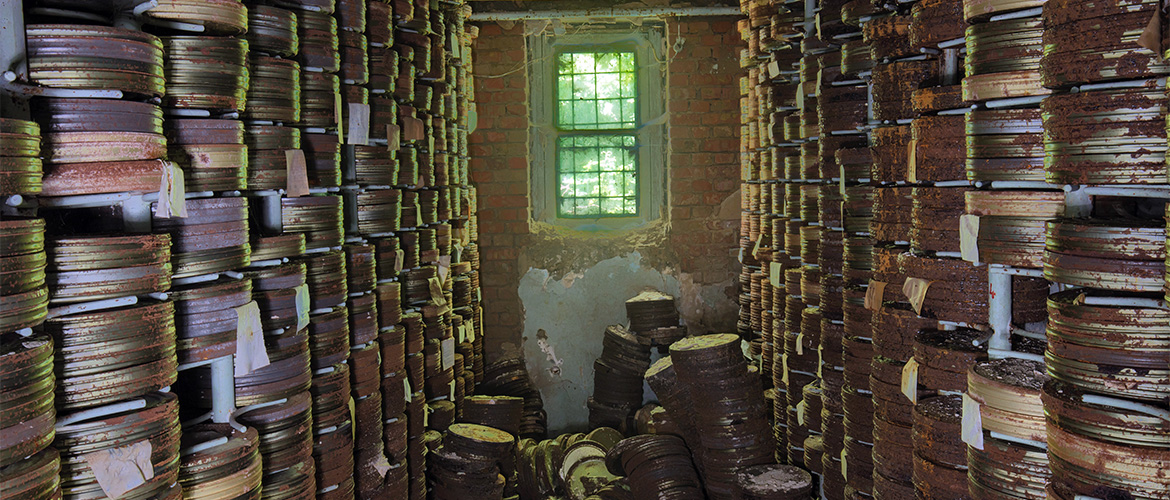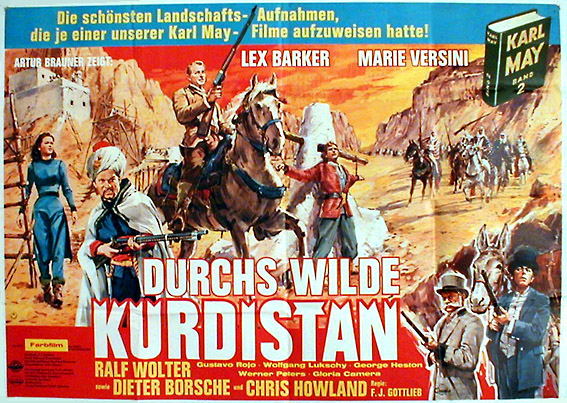A brief History of Kurdish Films
Kurds formulated the cinema ingredients at the end of the 20th century, while cinema had existed for more than a century since its foundation. That is because at that time most Kurds were under the rule of the Ottomans or the Qajar Persians or newly formed states of Iraq and Syria and had no political representation of the Kurds in Kurdistan, thus they were deprived of one of the greatest inventions of modern times. First cinema hall was opened in Suleymaniye in 1926, currently recognized as the cultural capital of Kurdistan. This event was the first meeting of Kurdish people with cinema.
The start of cinema and the first film can be recognized in the Grass: A Nation's Battle for Life, a 1925 documentary film that follows a branch of the Bakhtiari tribe of Lurs in Persia as they and their herds make their seasonal journey to better pastures. It is considered one of the earliest ethnographic documentary films. In 1997, Grass was selected for preservation in the United States National Film Registry by the Library of Congress as being culturally, historically, or aesthetically significant. The second and most referred film is ‘Zarê’ released in 1926, in Armenia. Which was the second Armenian film ever made and the first in the history of cinema to mention the Kurds, The thied film, ‘Yazidi Kurds ’ was a documentary set in 1933 in a village in Georgia next to Armenia.

Moving to modern times, some of the more significant examples worthy of discussion are the films of the great Kurdish actor and director, Yılmaz Güney. Even though not directly stated, the subject of Yılmaz Güney’s films — such as Seyithan, (1968), Umut “Hope”, 1970, Endişe “Anxiety”, 1974, and more specifically Suru “The Herd” 1979 and Yol “The Path” 1982- are sociologically, and politically about Kurds and their difficult economic situation.
But the very start of Kurdish cinema in Kurdish language can be put to the release of ‘A Song for Beko’ (1992) by Director Nizamettin Aric who produced the film in Germany and Armenia in Kurdish (Kurmanji) dialect.
The very start of Kurdish cinema in Kurdish language can be put to the release of ‘A Song for Beko’ (1992) by Director Nizamettin Aric
Tragedies of a nation is the principle of the majority of Kurdish films, characterized by the suffering under oppressive foreign regimes, by destruction of their lands and livelihoods, and by a succession of massacres of genocidal proportion.

In other words, Kurdish cinema did not come to us on a silver platter from the year 2000 onward a wave of Kurdish filmmakers from all parts of Kurdistan and the diaspora produced a bunch of recognized films, gaining international recognition and winning awards from prestigious film festivals.


